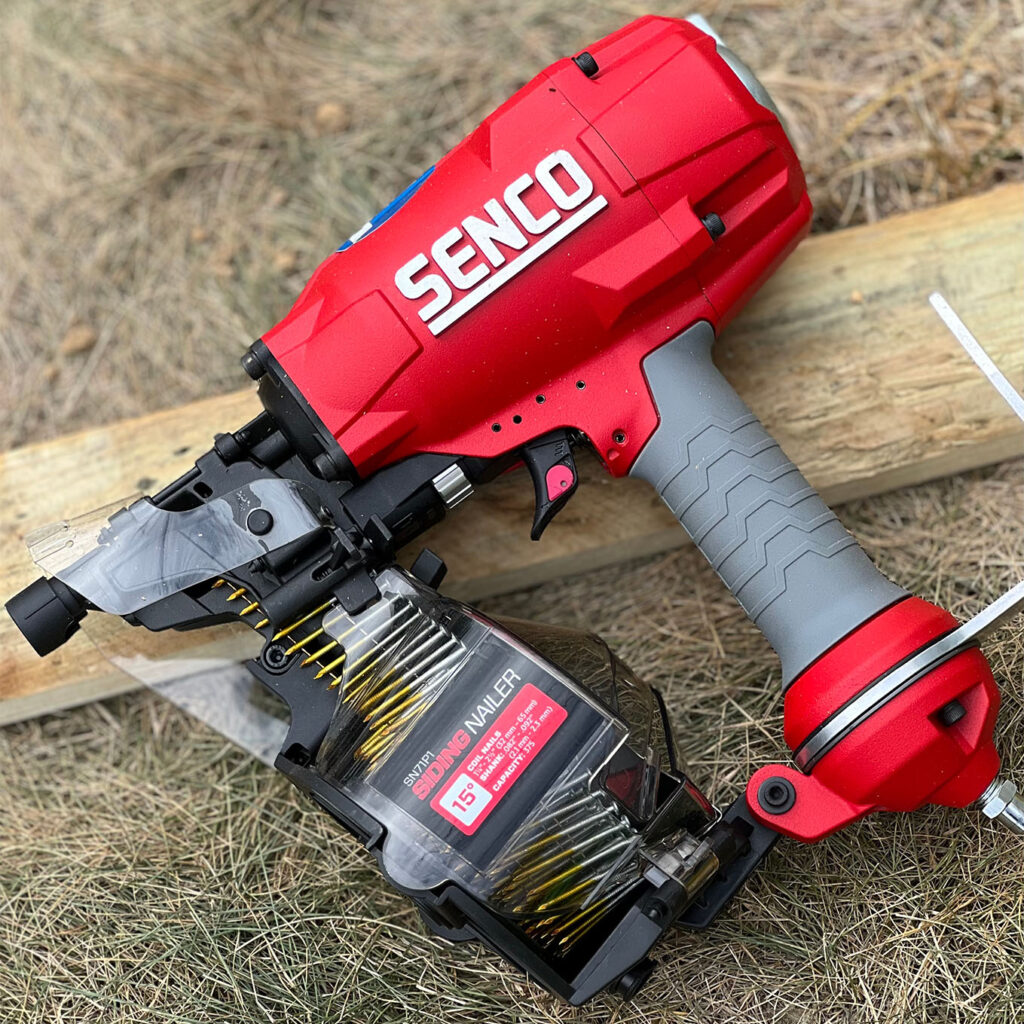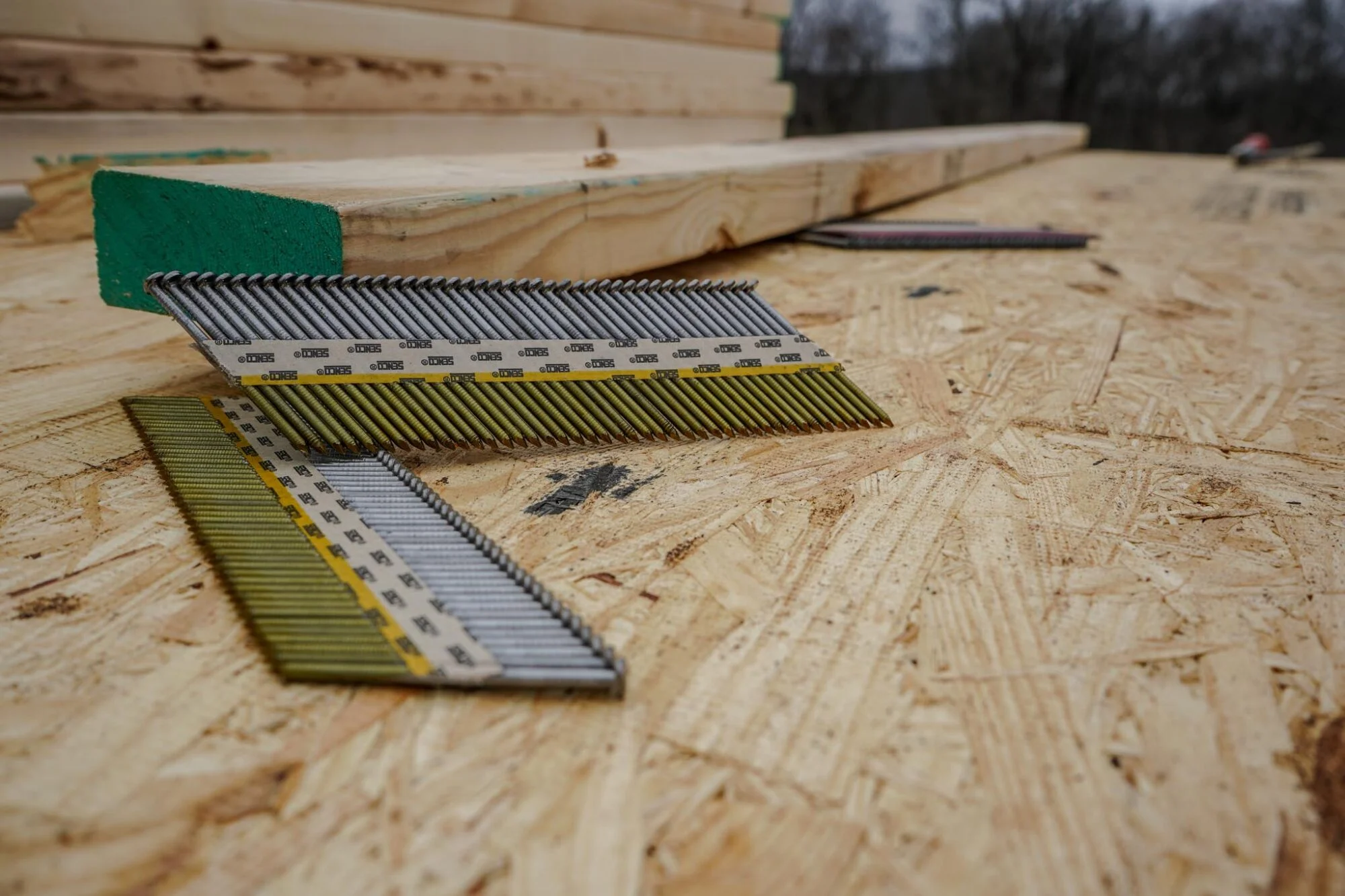Choosing the Best Nailer for Siding: A Comprehensive Guide

When it comes to siding installation, having the right tools can make all the difference. A nailer specifically designed for siding can save you time and effort while ensuring a professional finish. However, with all the nailer options available, choosing the best one for siding can be a job in itself. In this guide, we’ll walk you through some key factors to consider when selecting the perfect siding nailer for your project.
Type of Nailer:
The first decision you’ll need to make is the type of nailer to use. There are two primary options:
- Coil Siding Nailer: These nailers use coil-style magazines, which can hold more nails than their strip-style counterparts. They are ideal for large siding projects because they require fewer reloads, which saves you time and energy. Coil siding nailers are typically more expensive but offer greater efficiency.
- Strip Siding Nailer: Strip-style nailers use strips or rows of nails and are more common for general construction tasks. They can still be used for siding, especially on smaller projects, but may require more frequent reloading.
Nail Type and Size:
Siding nailers typically use wire-collated nails specifically designed for siding applications. Make sure the nailer you choose is compatible with the type and size of nails required for your siding material. Common nail sizes for siding include 1-1/4 inch and 1-1/2 inch, but it can vary depending on the siding material and manufacturer’s recommendations.
Power Source:
Siding nailers can be powered by different sources, including pneumatic (air-powered), cordless (battery-powered), and gas-powered. Your choice will depend on your specific needs and preferences:
- Pneumatic: These nailers require an air compressor, making them powerful and reliable. However, they are less portable and may involve additional setup.
- Cordless: Battery-powered nailers offer excellent portability and are ideal for remote job sites. You will need to ensure the battery life is sufficient for your project’s duration.
- Gas-Powered: Gas nailers are known for their power and versatility. They can handle a wide range of siding materials but may be heavier and more expensive.
Depth Adjustment:
A good siding nailer should allow you to adjust the nail depth easily. This feature, like the one on our SN71P1, ensures that you can control how deep the nail is driven into the siding material, preventing over-penetration and damage.
Jam Clearing Mechanism:
Siding nailers can occasionally experience nail jams. Look for a nailer with a user-friendly and quick jam-clearing mechanism to minimize downtime and frustration during your project. The best solution for jam clearing is to avoid jams in the first place by using high quality tools and fasteners.
Weight and Ergonomics:
Since siding projects can be lengthy, it’s essential to choose a nailer that you can comfortably handle for extended periods. Consider the nailer’s weight, grip, and balance to prevent fatigue and strain. Check out our recent blog on nail gun weight for an in-depth look at what to consider when it comes to weight. [Link]
Durability and Build Quality:
Investing in a high-quality nailer pays off in the long run. Look for models made from durable materials that can withstand the rigors of outdoor use and potentially harsh weather conditions.
Brand and Warranty:
Reputable brands often offer better warranties and customer support. Here at SENCO, we offer warranties on all our tools, both new and reconditioned.
Budget:
Set a budget for your siding nailer, considering your project’s size and frequency of use. While it’s tempting to opt for the cheapest option, remember that quality and features can vary significantly with price.
Safety Features:
Check if the nailer has safety features such as trigger locks to prevent accidental firing and anti-dry fire mechanisms to protect the tool from damage.

